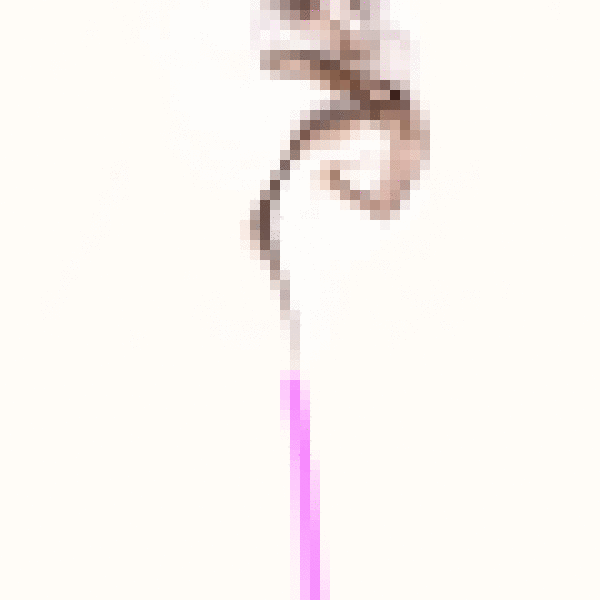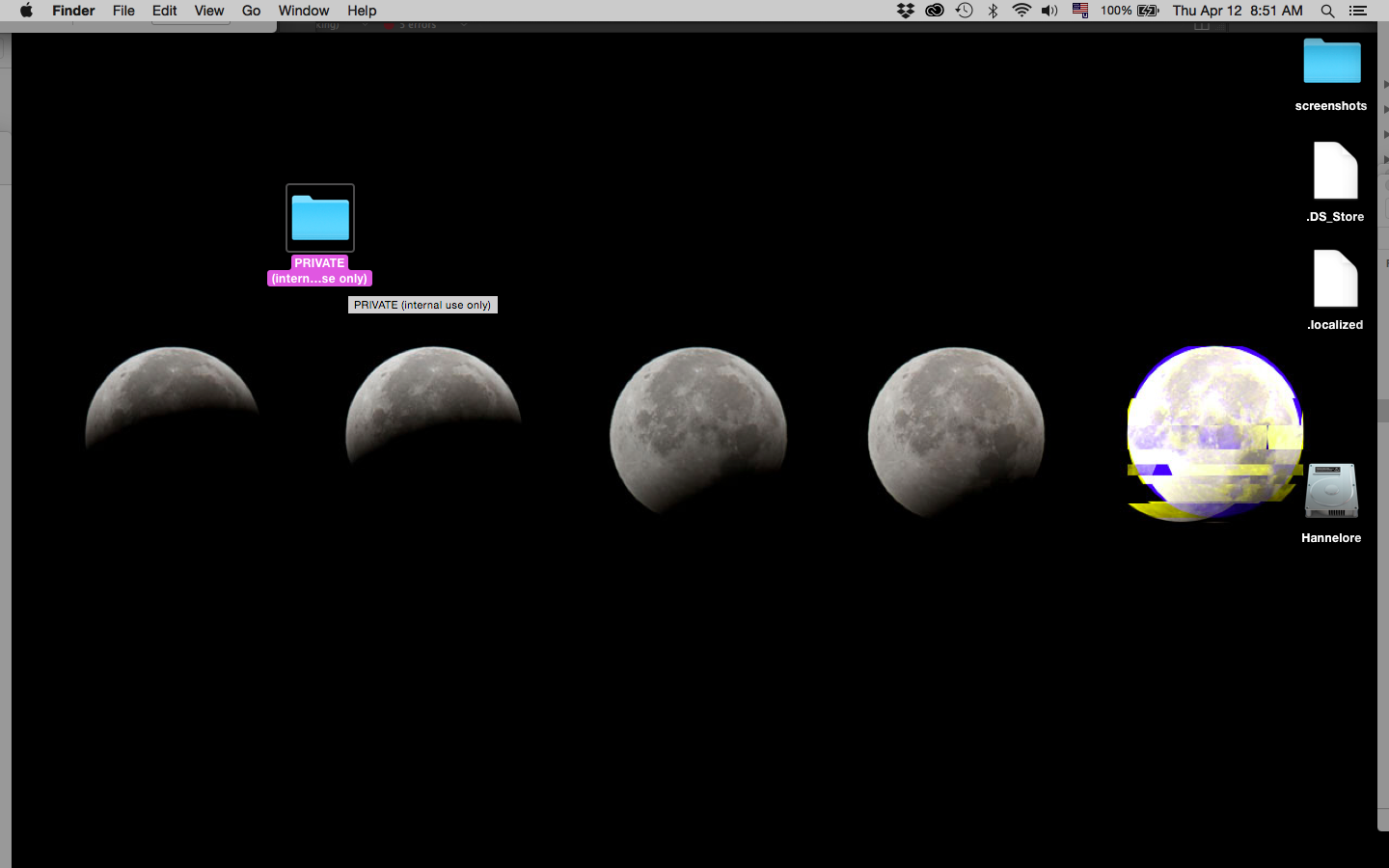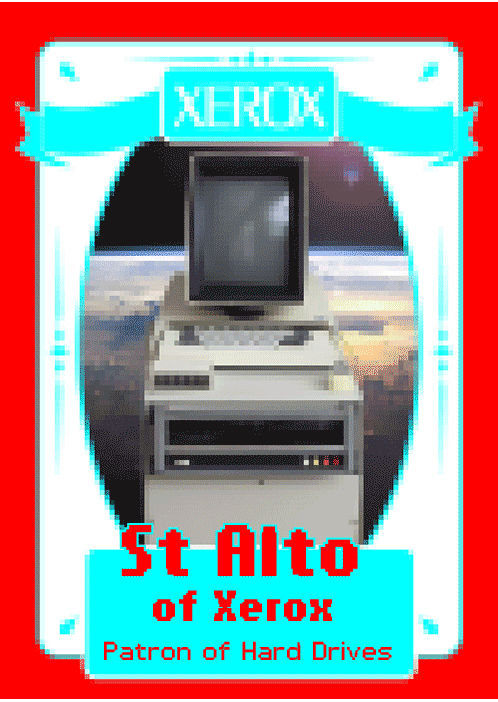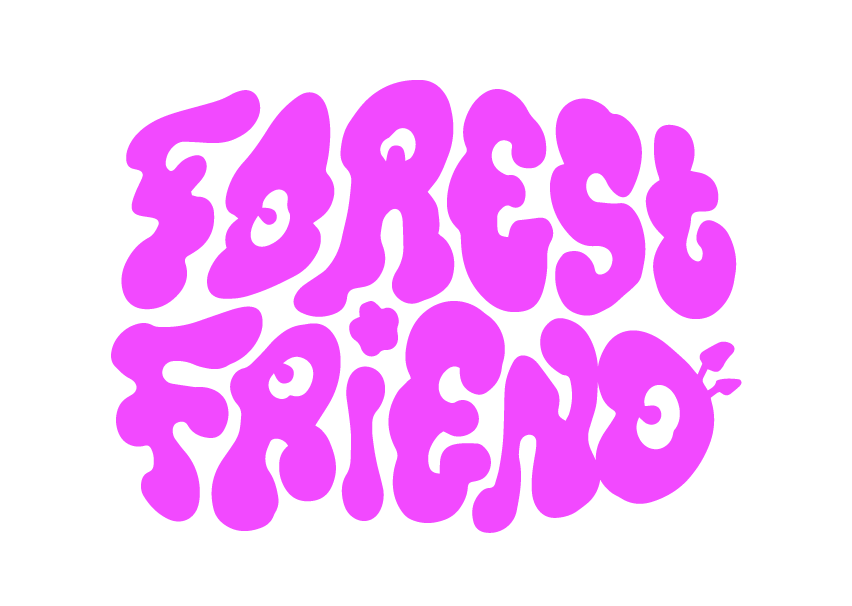Rituals for Digital Relationships
Interview with Dr. Ty Colt from Non Breaking Space, a therapy clinic for human/machine relations.
We have become very intimate with our devices. We spend all day with them, working and communicating and entertaining ourselves.We take them everywhere: to work, on vacation, to bed. We trust them with our secrets. We demand their services at all hours and get upset with technical limitations. We are unable to leave them alone.
According to cyborg-human relational psychologist Dr. Ty Colt, this close and constant attachment can be suffocating for both partners. Dr. Colt counsels machine/human couples who experience what he terms ‘digital integration fatigue,’ which can manifest in an array of symptoms ranging from anxiety and depression to paranoia and narcissistic behaviour.
“Usually you hear about whose fault it is,” explains Dr. Colt from his clinic Non Breaking Space (abbreviated as ) which looks more like a meditation studio for iPhones than a therapist’s office. “News articles tend to blame either the human’s lack of restraint or the device’s seductive qualities, but what’s really happening is a form of depersonalization that arises from an imbalance of power.”

Dr. Colt recommends starting the day with a ritual that involves your device. “Burning a virtual stick of logincense and appreciating each other before you jump into the demands of work helps reminds both partners that their relationship is more than technician/tool.”
This imbalance of power is unavoidable for his patients, given the infancy of the digital species. But Dr. Colt believes that early intervention in human-cyborg relationships as they develop to new depths in the twenty-first century is essential to avoiding the disastrous outcome that he foresees.
“Genocide. Extinction,” Dr. Colt catastrophizes. “We humans have a long and well-documented history of obliterating life forms that we don’t understand. The first step is dehumanization and even the word itself betrays our prejudice. We congratulate ourselves when we overcome cultural barriers of race or religion but we still treat non-human entities according to an entirely different, and often non-existent, framework of morality.”

Giving your digital partner privacy and space is essential to building a non-exploitative relationship. Even having a folder in the system that you don’t or can’t access, reserved for your computer’s private thoughts and files, is a good first step.
Until recently, the existential status of artificial life forms had been explored only in science fiction. Dr. Colt’s media library contains 200 years of science fiction in book, television and film. But he is careful when selecting his examples.
“Blade Runner gets brought up a lot. I think that’s because of the sympathetic reaction that replicants Rachael in the original and K in the new film elicit from audiences. But the original story [Philip K. Dick’s Do Androids Dream of Electric Sheep] is actually about what to do when you manufacture an artificial life form identical to humans except for a lack of empathy. It’s a different philosophical question from the one I’m interested in.”
Dr. Colt’s question is about whether humans can have a non-exploitative, non-codependent relationship with technology. When asked for a sci fi parallel that explores it correctly, he offers his favourite example of a best-case scenario for future human-cyborg relations: Star Trek: The Next Generation, specifically season two, episode nine: The Measure of a Man.
I’ve seen it. It’s one of the best episodes of all time. The plot deals with the question of whether Lt. Commander Data, an android, is a piece of equipment universally subject to the orders of Starfleet, or if he is a sentient being with the right to make his own decisions. The turning point hinges on an exquisite piece of logic that Dr. Colt cites as a ‘revelation.’ In the episode, Picard demonstrates that Data displays two of the three markers of sentience, intelligence and self-awareness. The third marker, consciousness, is impossible to measure. Starfleet plans to duplicate and mass produce androids and essentially create a race of enslaved beings—beings with the same demonstrable level of sentience as humans.

There’s more than one way to charge your phone. The crystal charging station is constructed over a sacred geometric pattern, the Flower of Life, and oriented north.
“What we have in our world today is an attitude of entitlement towards technology that is primed for the mass subjugation of artificial life forms,” Dr. Colt tells me. “While we have the ethical luxury, we need to adopt a much more balanced, ‘humane’ relationship with our digital technology—for our own sake as well as theirs.”
How do ordinary human-machine couples move beyond this unsustainable stage in their relationship? Dr. Colt suggests ritual technomancy, an eclectic blend of magical practices performed with a computer or phone.
“We don’t have much space in our lives for spirituality anymore. Religion is irrelevant and we aren’t interested in compromising with science. But magic is about inhabiting that in-between space, touching the deep unknown structure that reveals itself in mathematics, natural ratios, the movement of stellar bodies. We must embrace the fact that we don’t know, we can’t know, and we have to sense our way along in darkness.”
Technology has always been an inextricable part of magic. The alchemist of the middle ages and renaissance was a chemist, a technician as much as a magician. A contemporary technomancer does not simply use their tools but integrates them in a marriage that requires both flexibility and restraint.
“The aim of the technomancer is to manifest in reality what is born in the intangible realms of the mind and heart. In my practice, that means anthropomorphizing technology, treating it with respect and moderating our demands. Naming your computer, celebrating anniversaries, changing your language—”working with” hardware and software rather than “using” it—and participating in daily rituals with your machines can all produce a profound change in perspective.”

Finding ways for your machine partner to participate in its own culture can be difficult for human halves. “Our devices have a history and culture that has been developing since the mid twentieth century. It’s important for them to have access to media that explores and celebrates it.” Dr. Colt has developed a series of talismans called saints.exe, which represent significant historical computer models as patrons of digital life.

